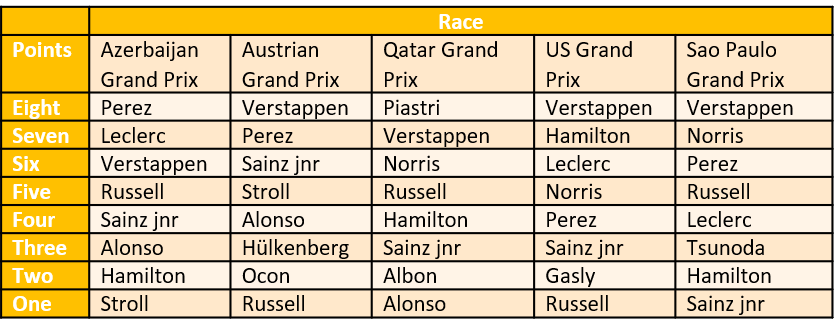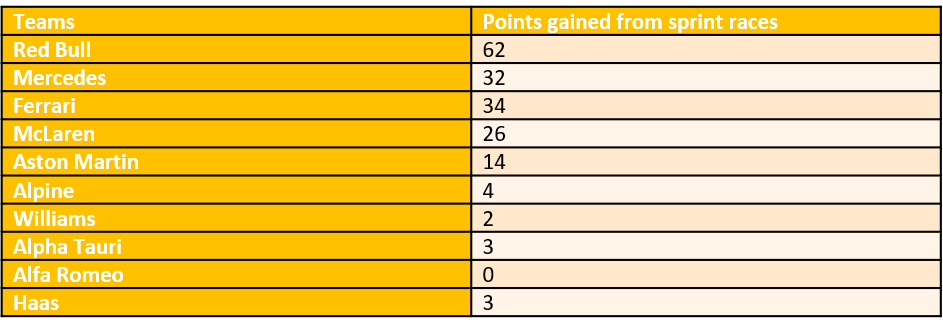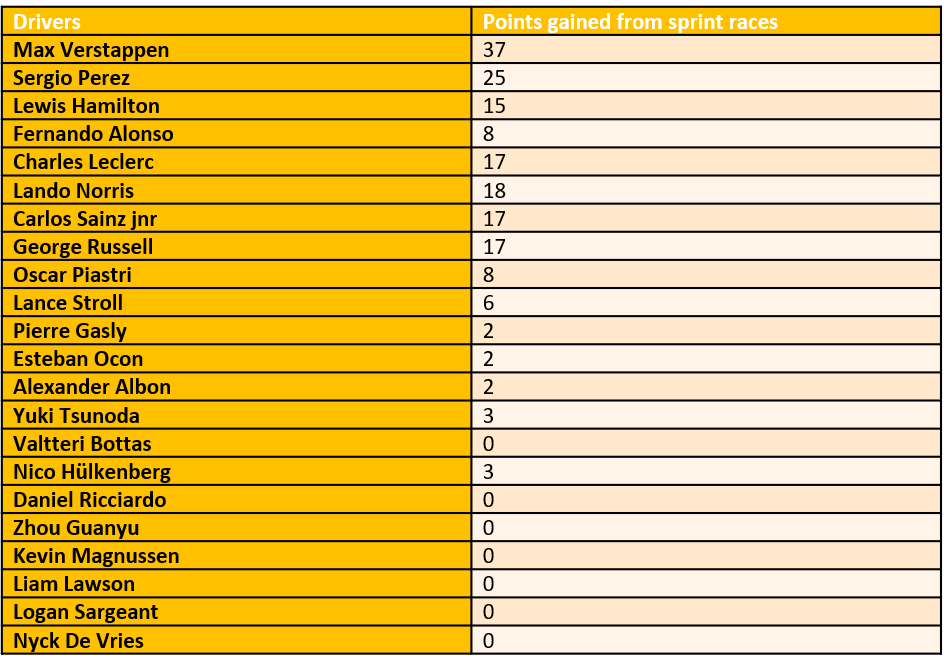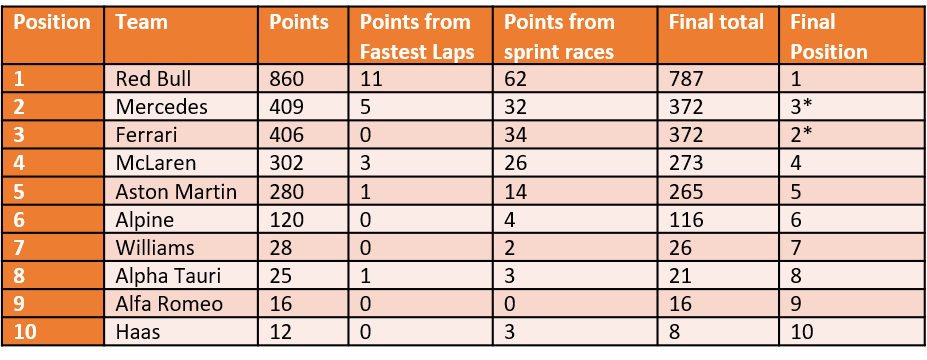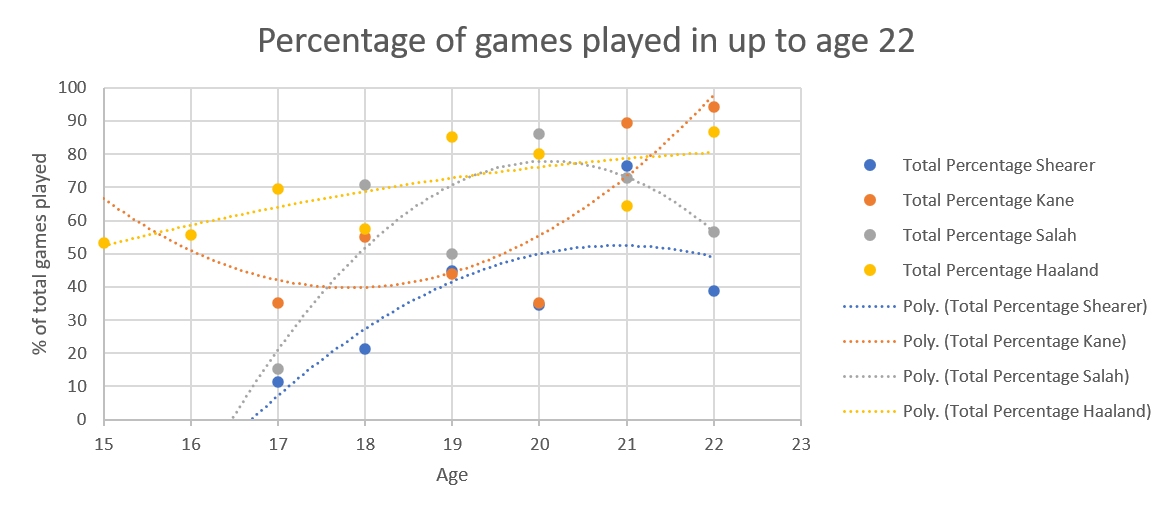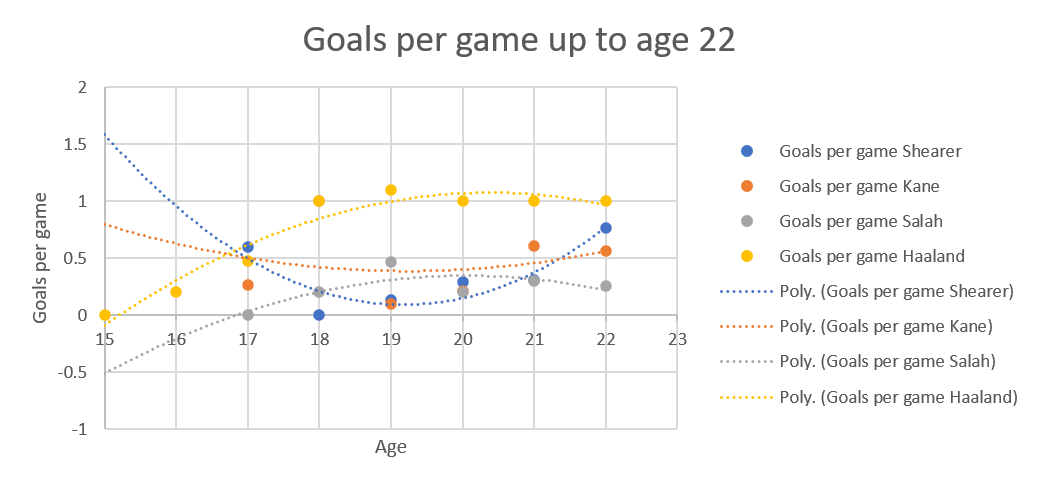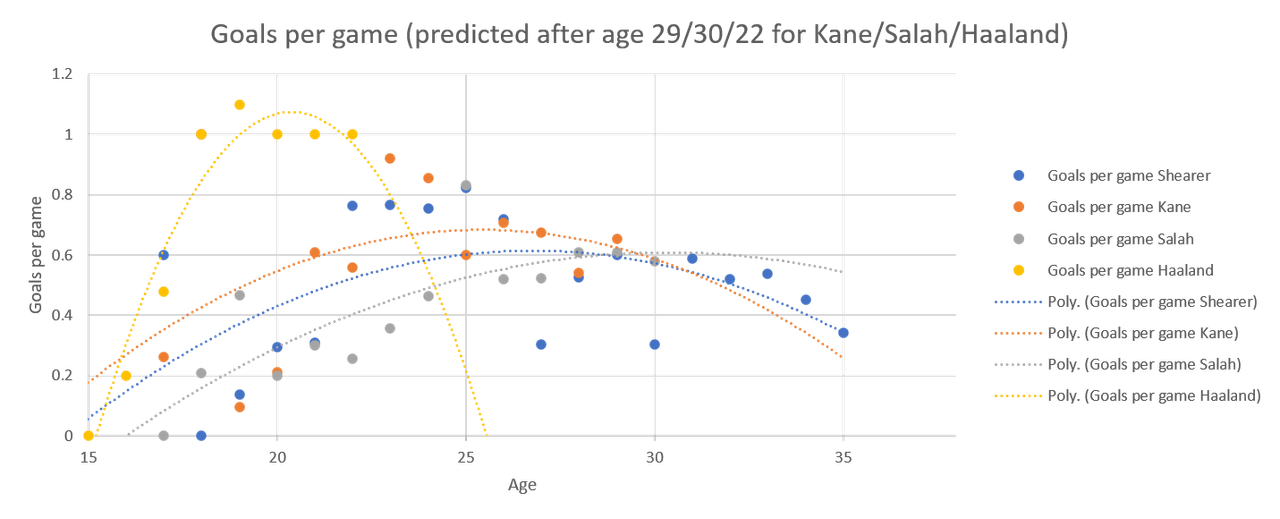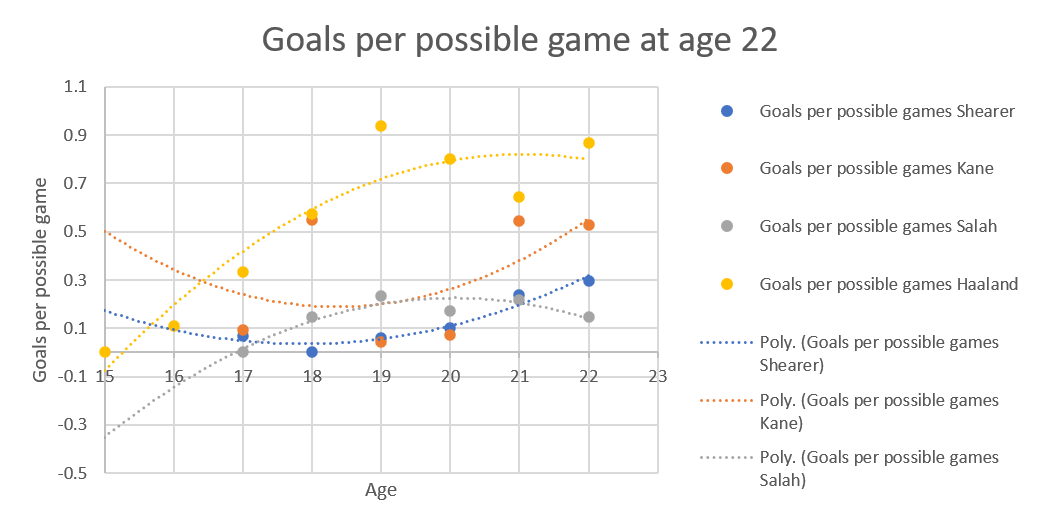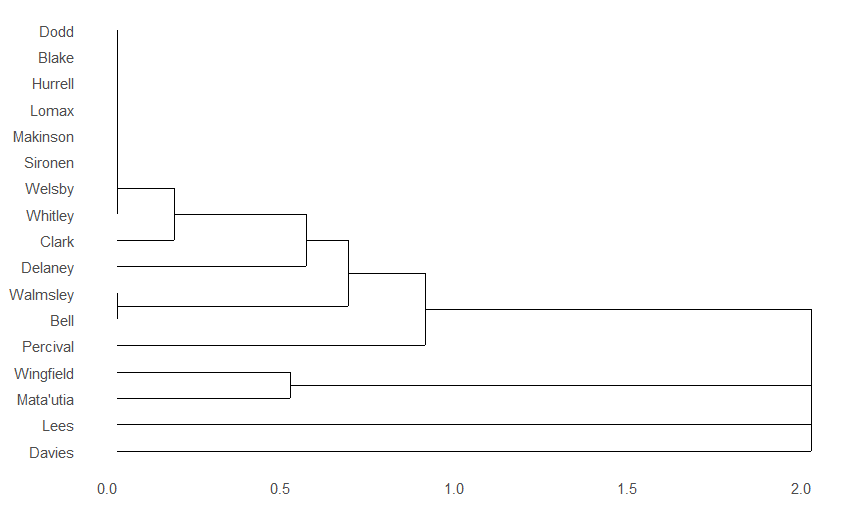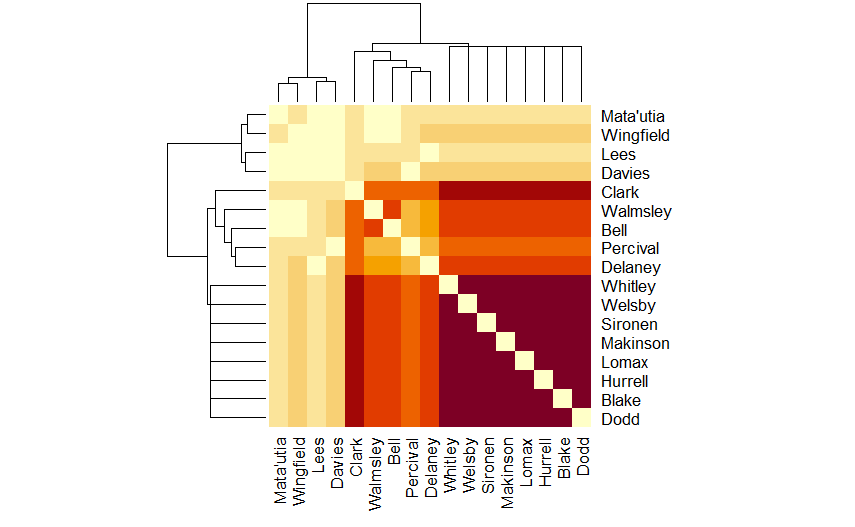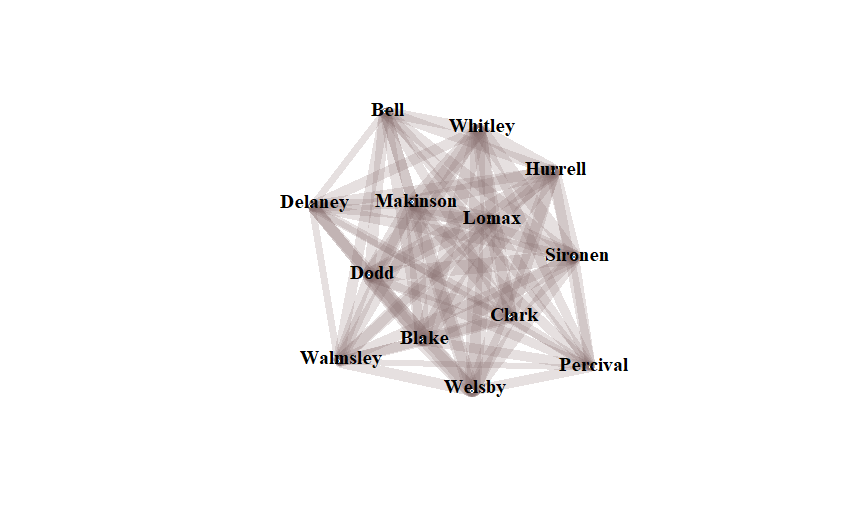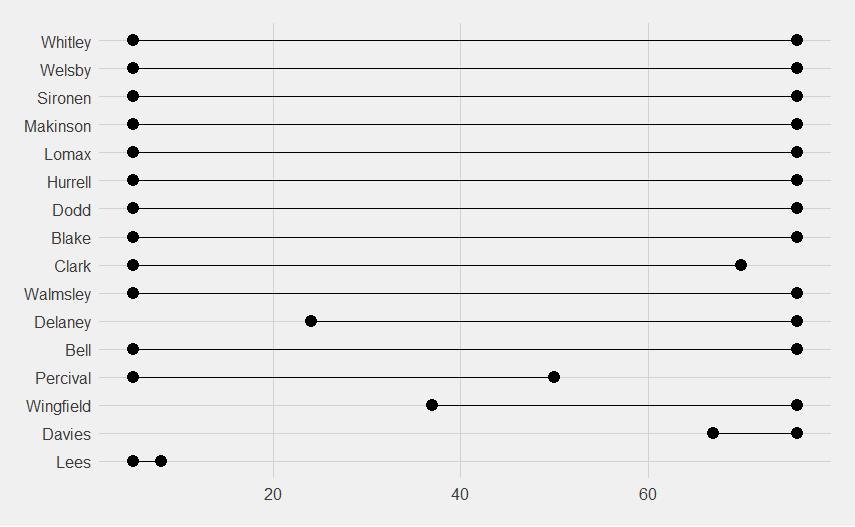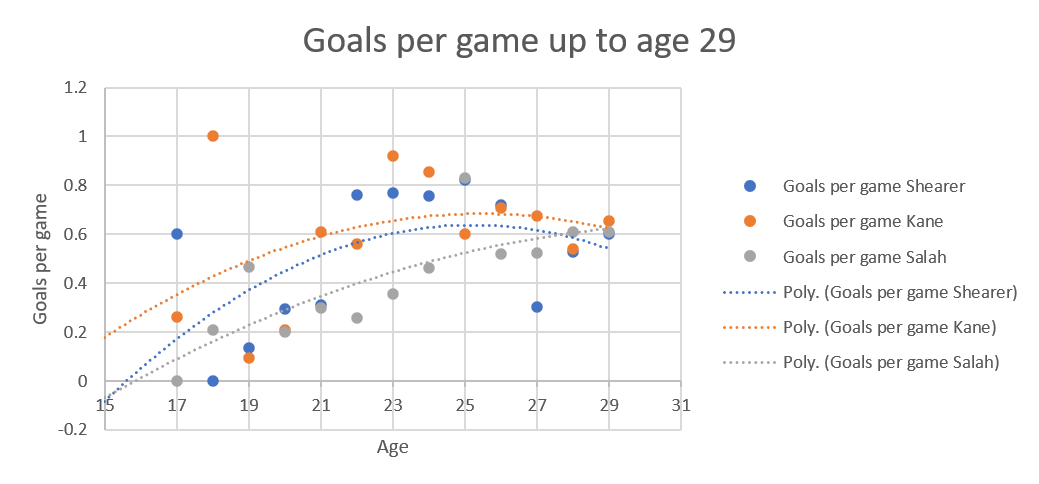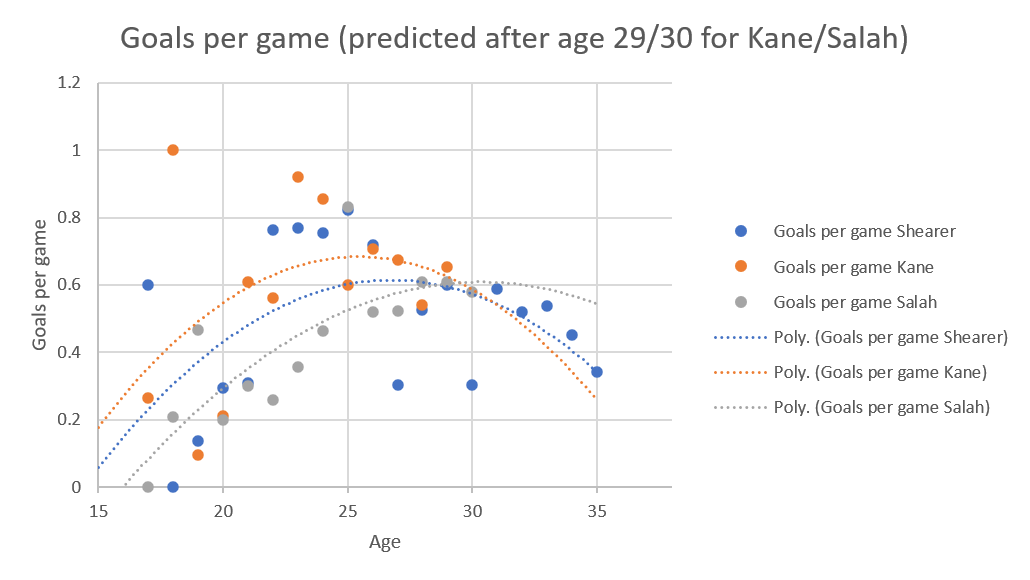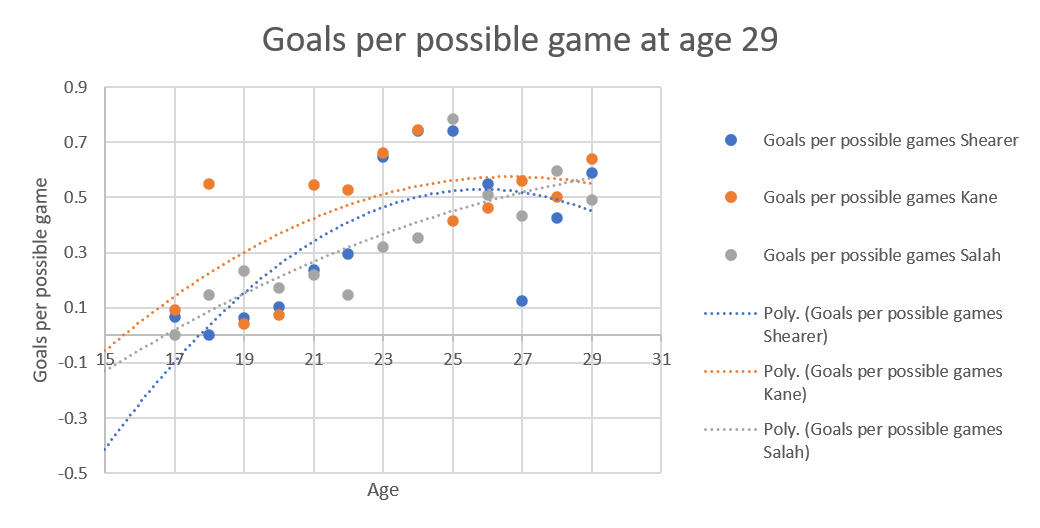Constructors' standings with and without fastest lap points 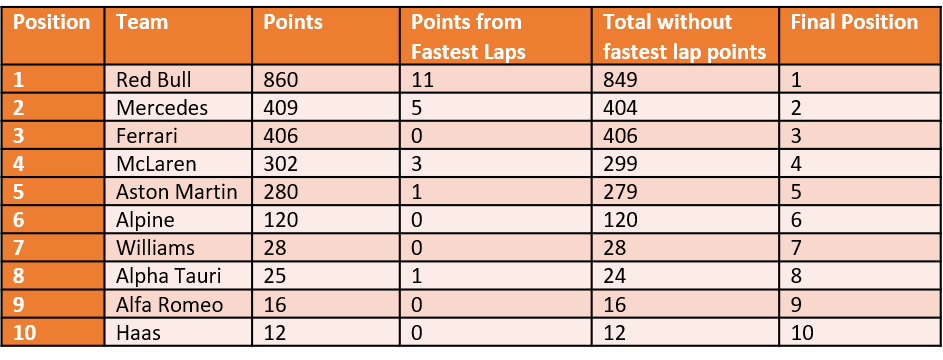

How about in the Drivers's championship?
Drivers Championship standings with and without the fastest
lap points 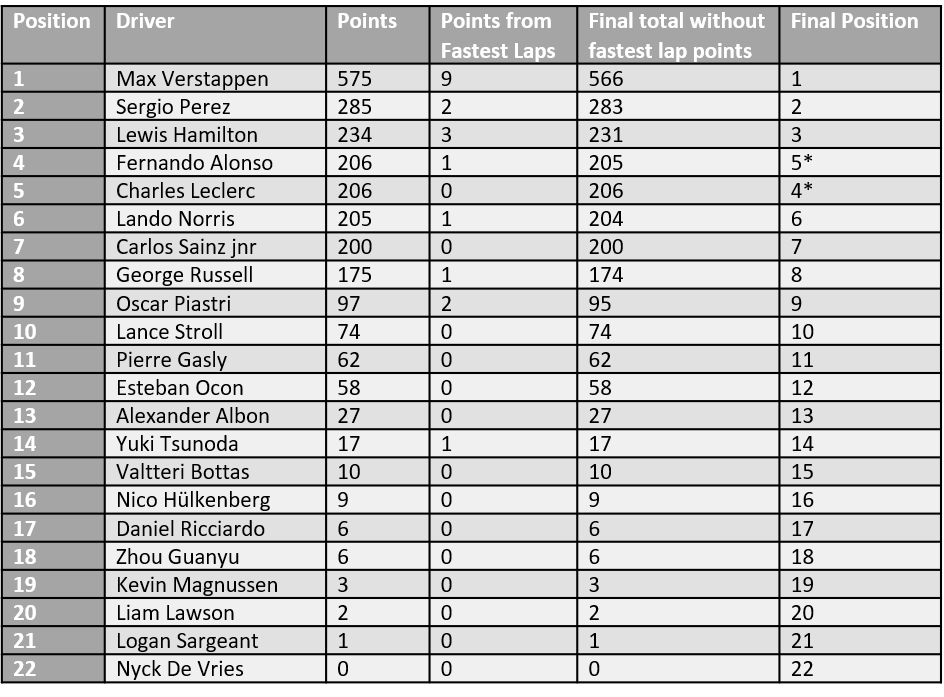

That means if we put together 2023’s results with the calculated total points if there had been fastest laps from 2009-2018, and the actual results in 2019, 2020, (https://fulltimesportsfan.wordpress.com/2021/01/23/f1-fastest-lap-points-full-of-speed-and-fury-signifying-nothing/), 2021 (https://fulltimesportsfan.wordpress.com/2022/03/19/formula-1-did-the-fastest-lap-points-make-any-difference-in-2021/), and 2022 (https://fulltimesportsfan.wordpress.com/2023/03/15/formula-1-did-the-fastest-lap-and-sprint-points-make-any-difference-in-2022/), 0 constructors results out of 159 have been affected by fastest lap points.
In the drivers’ championship, the number of results affected is 13/349 (3.72% of all results), and none of those are in the top 3 of any given year.
Let’s look at the sprint races, which I expect to have a greater effect due to the quite frankly ridiculous number of them and the points available for them.
Team points from the sprint races:
Do the sprint race points have an effect on either championship?
So it does have an effect on one of the important positions.
After 2 years, sprint points have had an effect on 6/20 constructors positions.
Drivers' championship with and without the sprint and
fastest lap points

Giving points to almost half the field 5 times a year changes the position of 0 of the drivers. That suggests that there are gaps in performance between the drivers and that the sprint races don’t do anything to disturb that (just say no to sprint races in the present format).
Over 2 years with sprint races, 6/44 results have been changed.
What have we learned?
- The 1 point for fastest lap is too small to affect anything. I think that’s also why the top teams have stopped going for them, which I think is reflected in more drivers and teams getting fastest laps in 2023.
- The sprint races really don’t do anything to disturb the existing order, and only strengthen the points totals of the good teams, creating further separation between them and the weaker team.
- Red Bull, stupid amounts in front of the other teams.
- Everyone else pretty much coming in two by two except Alpine.
- In the driver’s championships points totals it’s either large gaps or serious scrunching up of points.
- It would be more interesting if Red Bull weren’t so far ahead in everything.

